I was searching Mouser for a new LDMOS recently, as my trusty ole 1k80h finally went “out of round” on me. In the last few years, I’ve soldered and unsoldered this device four times and used it in countless amp designs.
I’ve certainly TRIED to let the smoke out of it but it lives on. However, through all the abuse and tests, it’s degraded and is now too unbalanced. With the exact same Vgs, there’s now a 37% difference in Idq between the two sides.
With what I’m doing here, this is not going to cut it.
So, off to Mouser I went and I quickly came across this guy, the MRF1K50N. Which is $165 UDS.
Two 8 minute round trips later, one to desolder the 80h and another to solder the 50N and I was in biz.
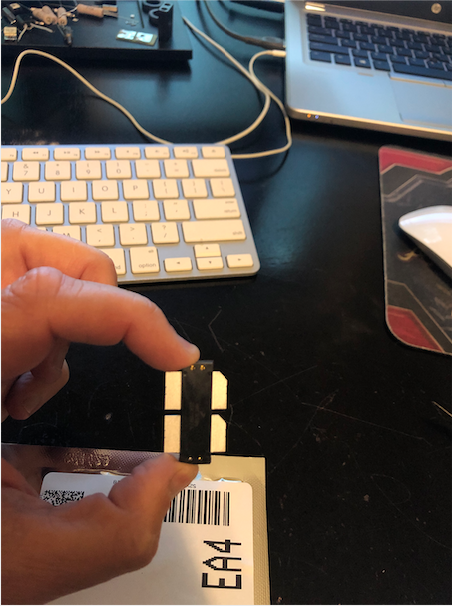
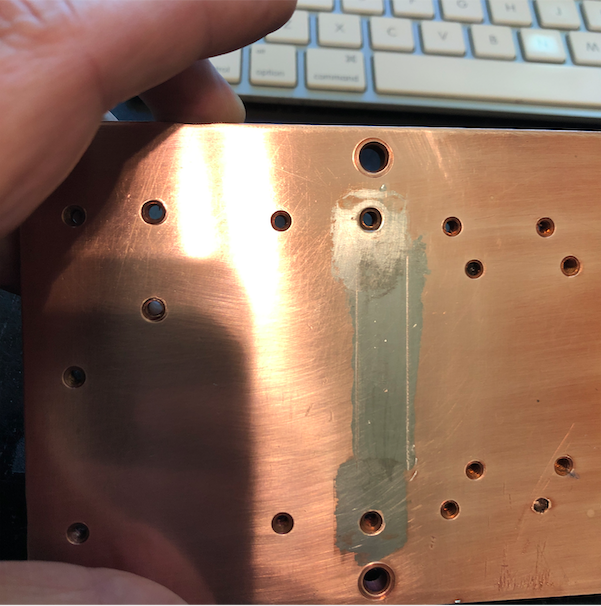
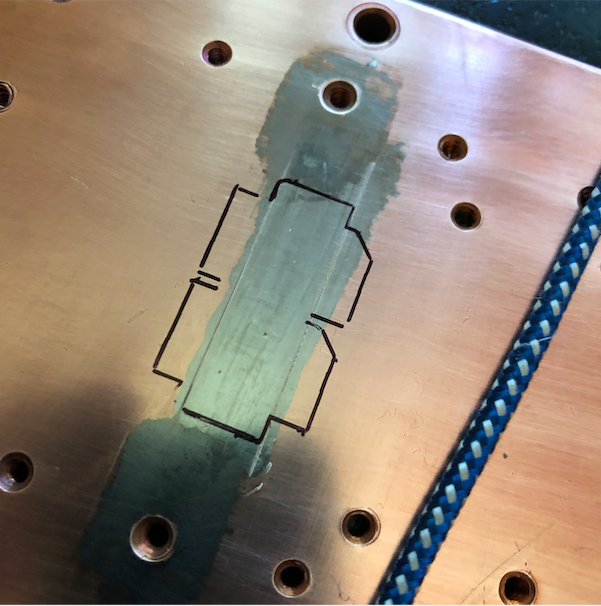
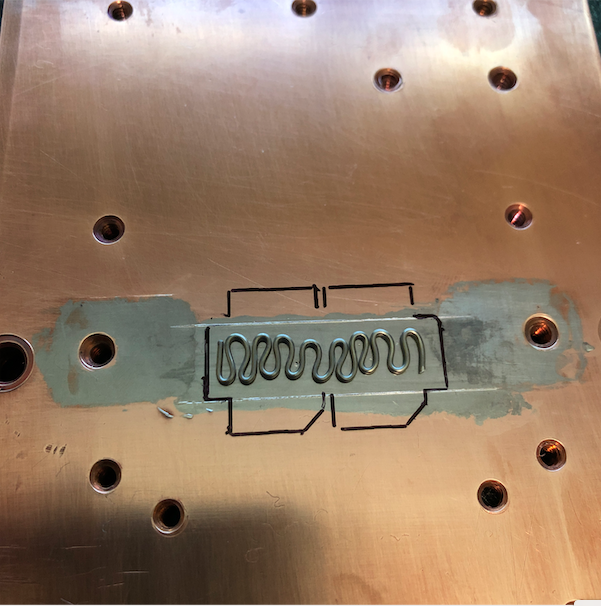
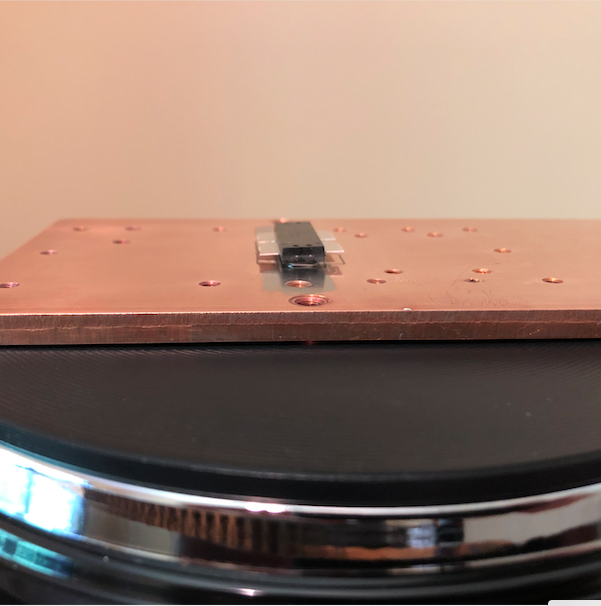
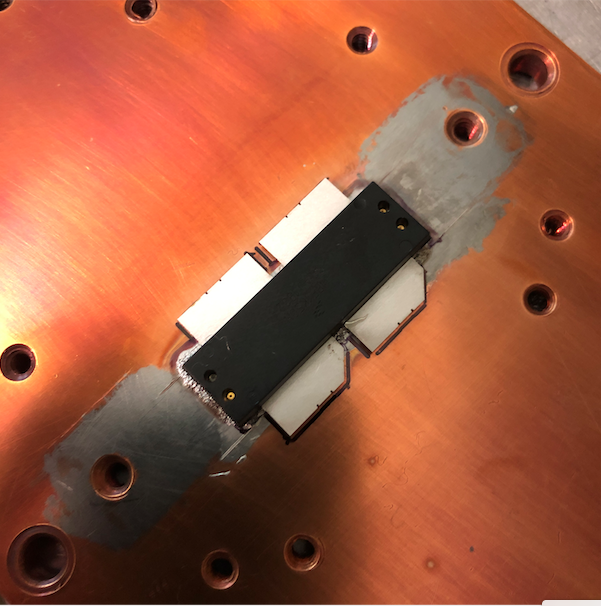
So how does it perform?
First, soldering it down is a bit more tricky. The contact patch is pretty small compared to the flanged devices and as soon as it melted, it started moving. I had to hold it with tweezers until it solidified (5-10 secs).
The balance of the two transistors was much better but not perfect (13% difference vs 37%). This surprised me since these Gemini devices are obviously made together under all the exact same conditions and on the same substrate. Maybe there are some that match, but not this one.
It performs very well. If you put the datasheets up for the 188, 50N and 80H, you will see that this MRF1K50N device is right in the middle. I’d say that’s exactly how it acts.
Last note, the gate and drain flanges are slightly larger and slightly lower to the bottom. So it’s not exactly a drop in replacement, but pretty damn close.
That’s all I got, you guys can pull the datasheets if you want to see the specs and three capacitances.

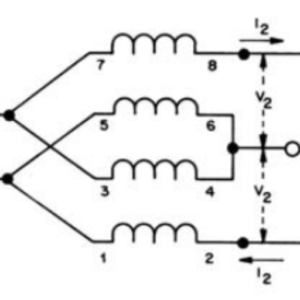
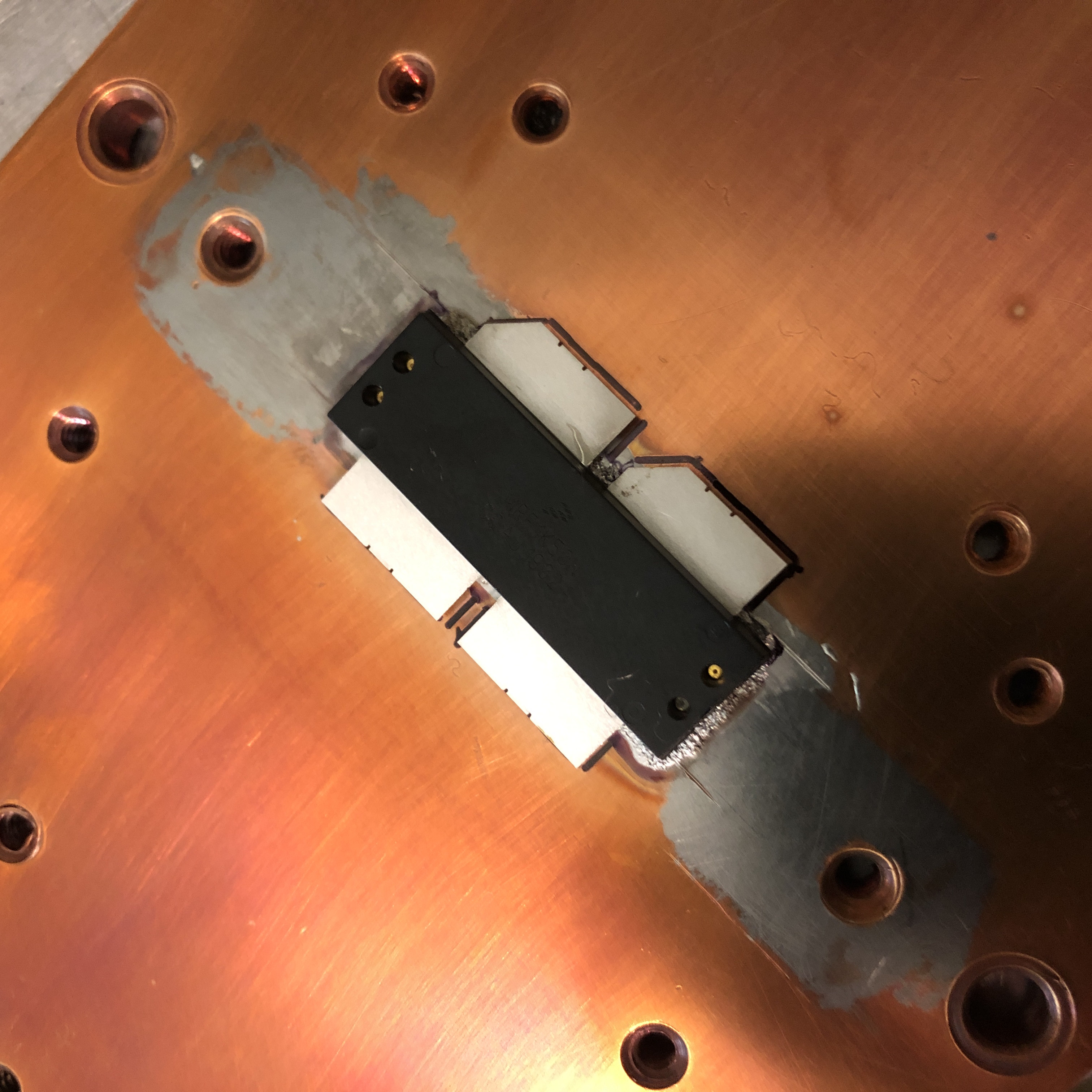
Leave a Reply